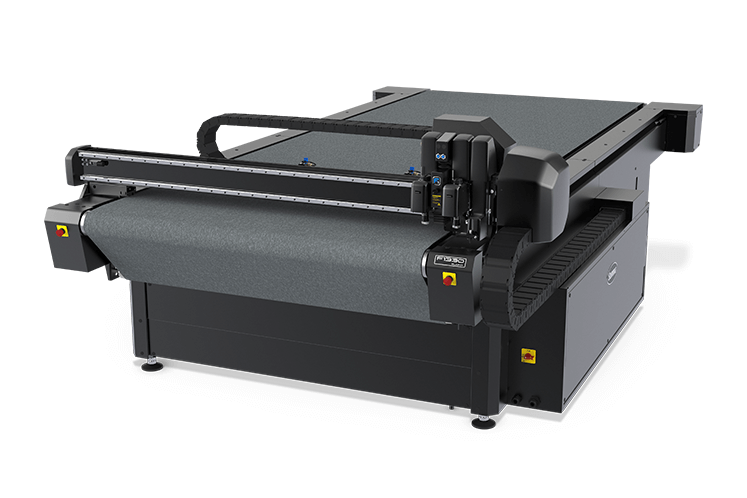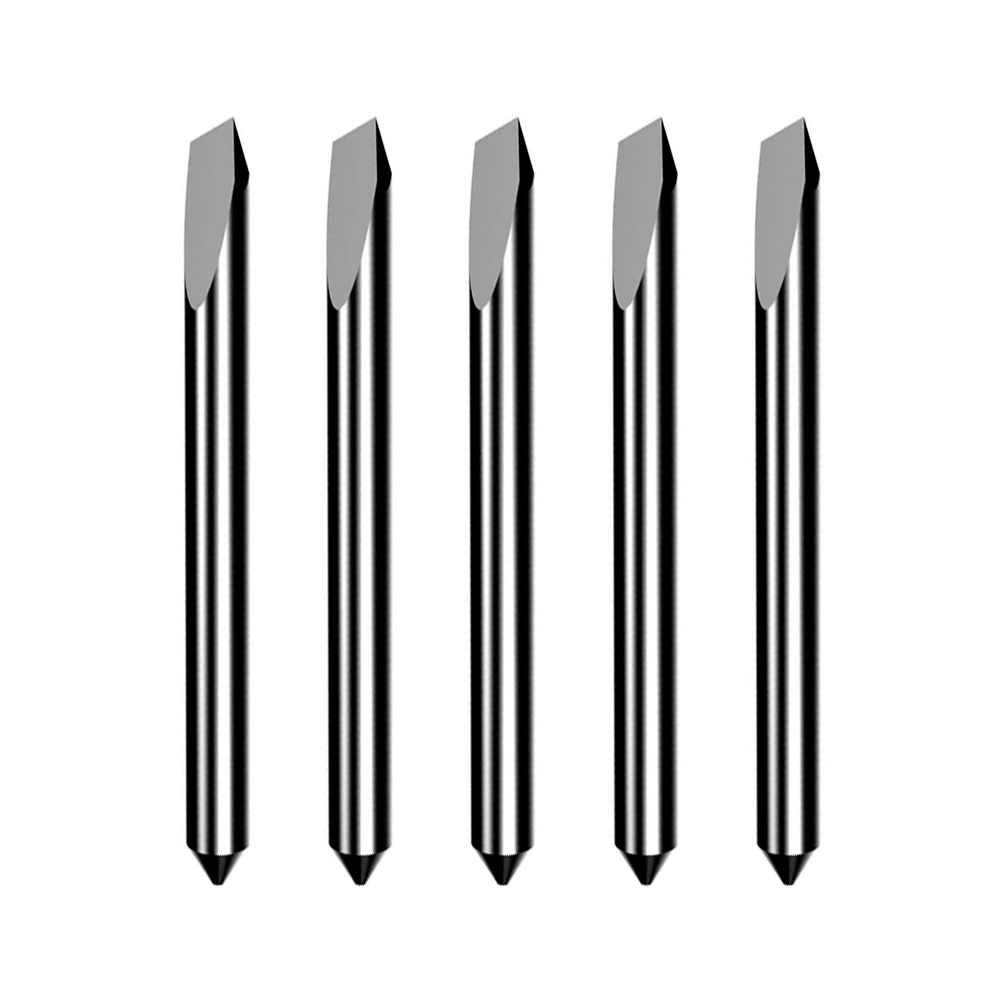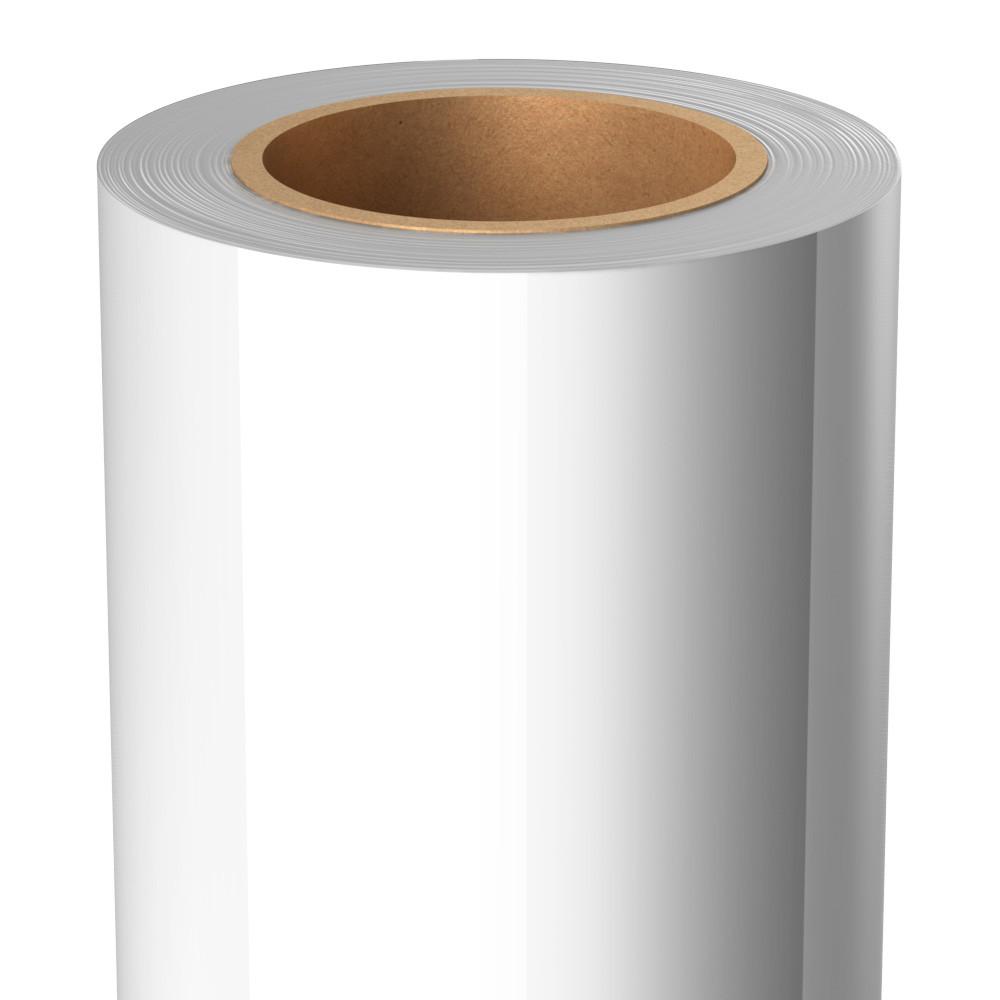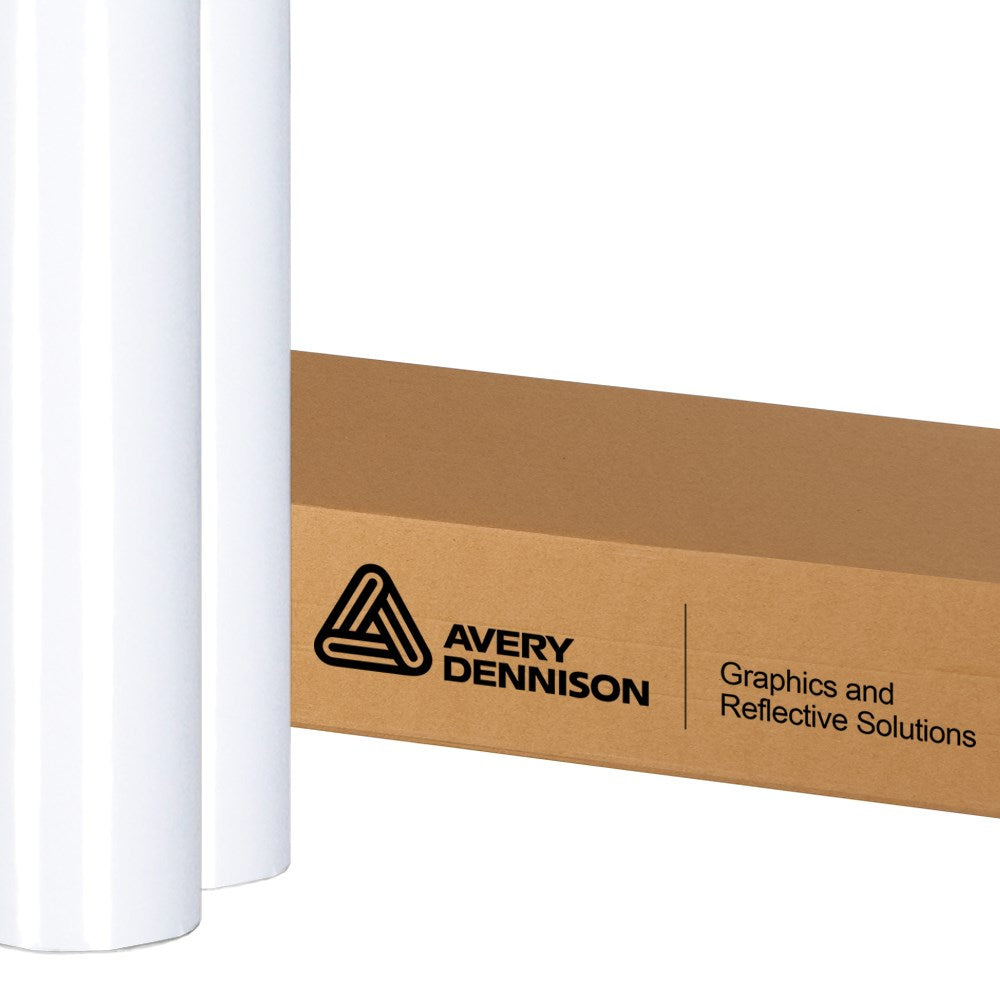Helpful hints for flatbed cutters and lamination
Flatbed Cutters
Flatbed technology is relatively new compared to vinyl cutters, but their evolution has proceeded rapidly and they have become very popular finishing options due to their versatility and the growth of rigid printer capabilities.
With a traditional roll-stock cutter there are two different tool options—knife or pen. Flatbed cutters, however, have many different tool options for a wide variety of applications. Flatbeds have a versatile motorized tool head that can accept many different types of tools for a variety of substrates and applications—from wood, leather, fabric, and acrylic, to foam board, cardboard, and roll material, for example. The flexibility of the flatbed finishing system allows you to expand your business into new areas just by inserting a new tool.
"The flexibility of the flatbed finishing system allows you to expand your business into new areas just by inserting a new tool."
The size of a flatbed finishing system can be concerning for some. However, many different sizes of flatbed cutters are now available. One flatbed cutter we sell has a relatively small footprint and can fit into most shops, yet it is able to handle large panels of rigid substrate media. In addition to a vacuum bed, all our models employ pneumatic media advance clamps to hold down the hard media and continuously move it forward to accommodate large finishing jobs. In addition, the roll support and conveyer systems allow for long, continuous runs of flexible media.
Again, the type of work that your shop will be handling should be analyzed—what size and types of media, length and tracking accuracy needs. And of course, the number of functions included, and the level of quality built into the cutting table must be balanced against how much you are willing to spend.
Lamination Equipment
There are many reasons to laminate wide format digital graphic prints: laminating protects against abrasion, chemicals, and UV exposure. Lamination also extends the outdoor life of printed graphics. For example, vehicle wraps require lamination to protect the print from abrasion due to washing and debris. Lamination extends the longevity of printed material and is considered essential to some applications.

There are different types of laminating equipment and techniques. One of the oldest is hot lamination, the kind that you are likely most familiar with. These laminators heat the adhesive on the laminate which activates it, and allows it to better bind to the printed material. While it is a very durable technique, it can sometimes damage materials in the process. Over the years, as laminate film manufacturers have improved their adhesive formulas, there is less need for heating as most laminate adhesives today are activated by pressure rather than heat. However, some of today's laminators do offer "heat-assist" options that can help with adhesive flow.
Cold laminators employing only pressure to activate the adhesive are usually less expensive than hot/heat-assist laminators because of the lack of a heating apparatus. They are usually easy to operate, and cold laminating won't damage delicate prints.
There are also different types of laminating films available—cast or calendered films, and water-based or solvent-based adhesives. In general, you should match the type of laminating film material with the type of printed material, and adhesive type with adhesive type. Cast film will stretch better and is good for applications with compound curves, such as vehicle wraps. Calendered film is best when applied to flatter surfaces and simple curves.
Like printers and cutters, laminators come in different widths. The size of your print and cutter solution should be considered when choosing a laminator.
Conclusion
Finishing equipment is essential to any sign shop, especially grand-format shops. Traditional vinyl cutters are reliable solutions for cutting roll-fed media, and flatbed cutters are necessary for shops that use a flatbed UV-cure printer or have need to cut rigid substrate media. Laminators extend the longevity of printed graphics and are considered essential to some applications. Choosing the proper finishing systems for the size and type of work that your shop handles will greatly increase efficiency.
Article written by Royce Owen and reposted with permission from Sign & Digital Graphics.




